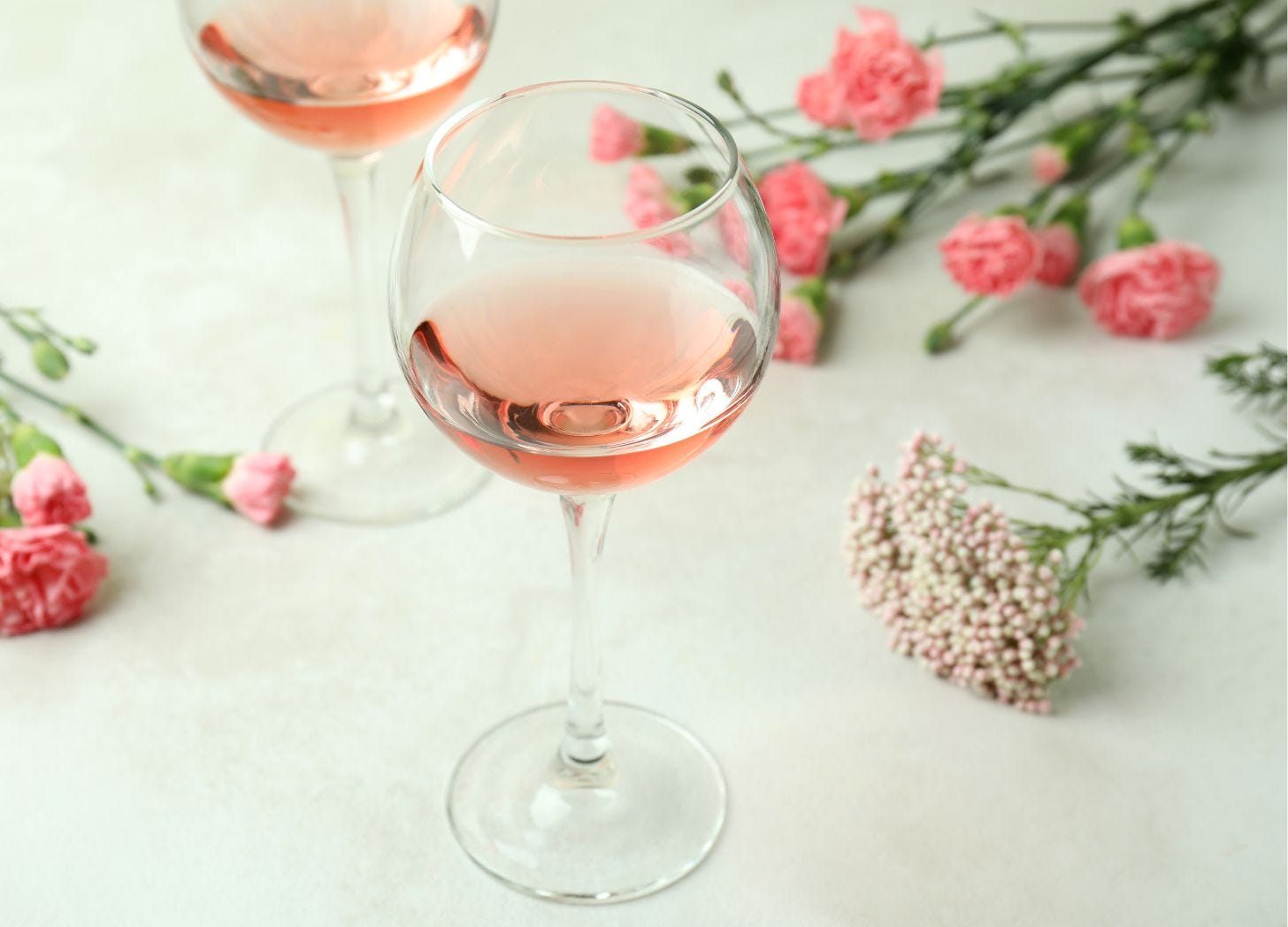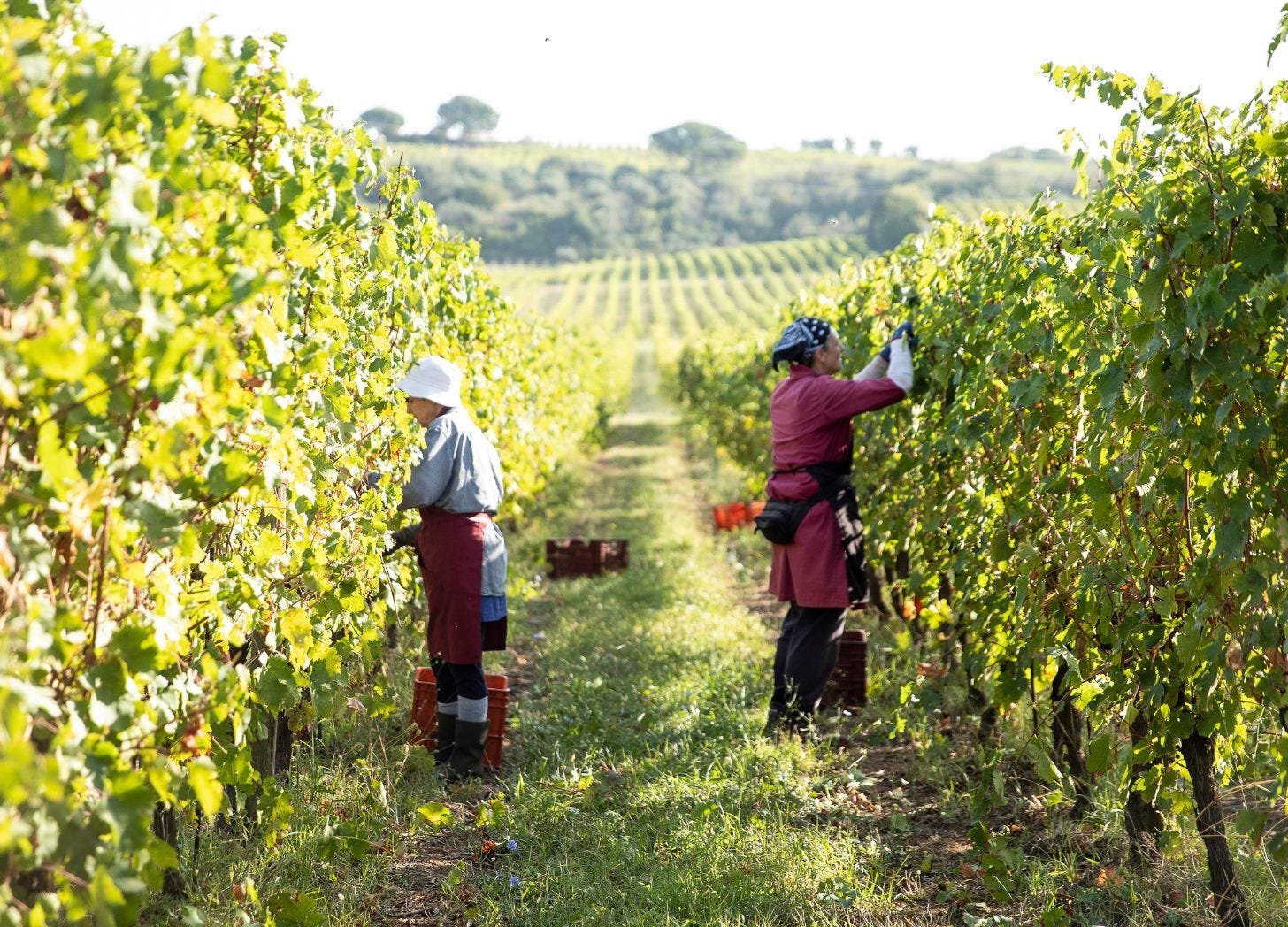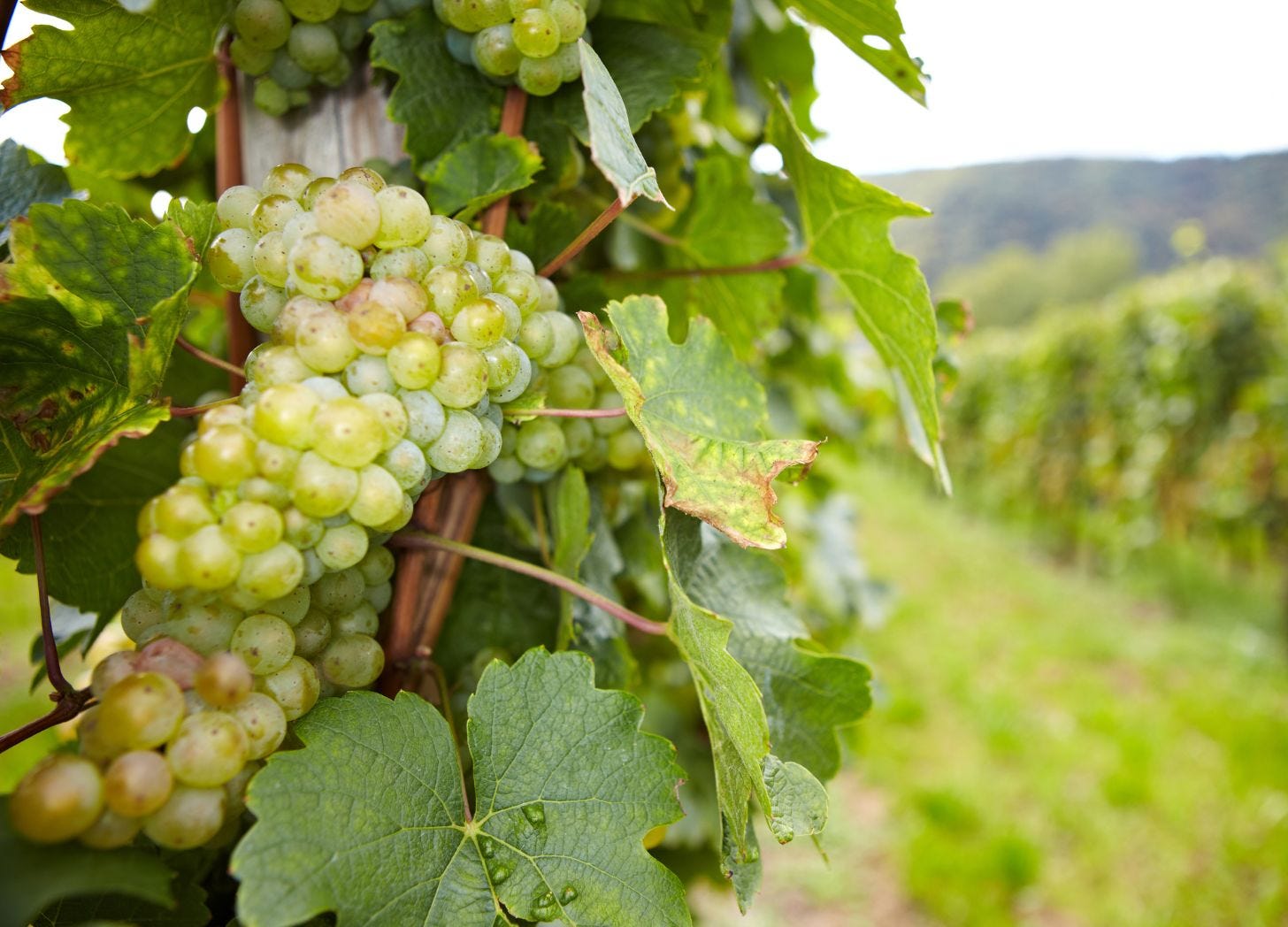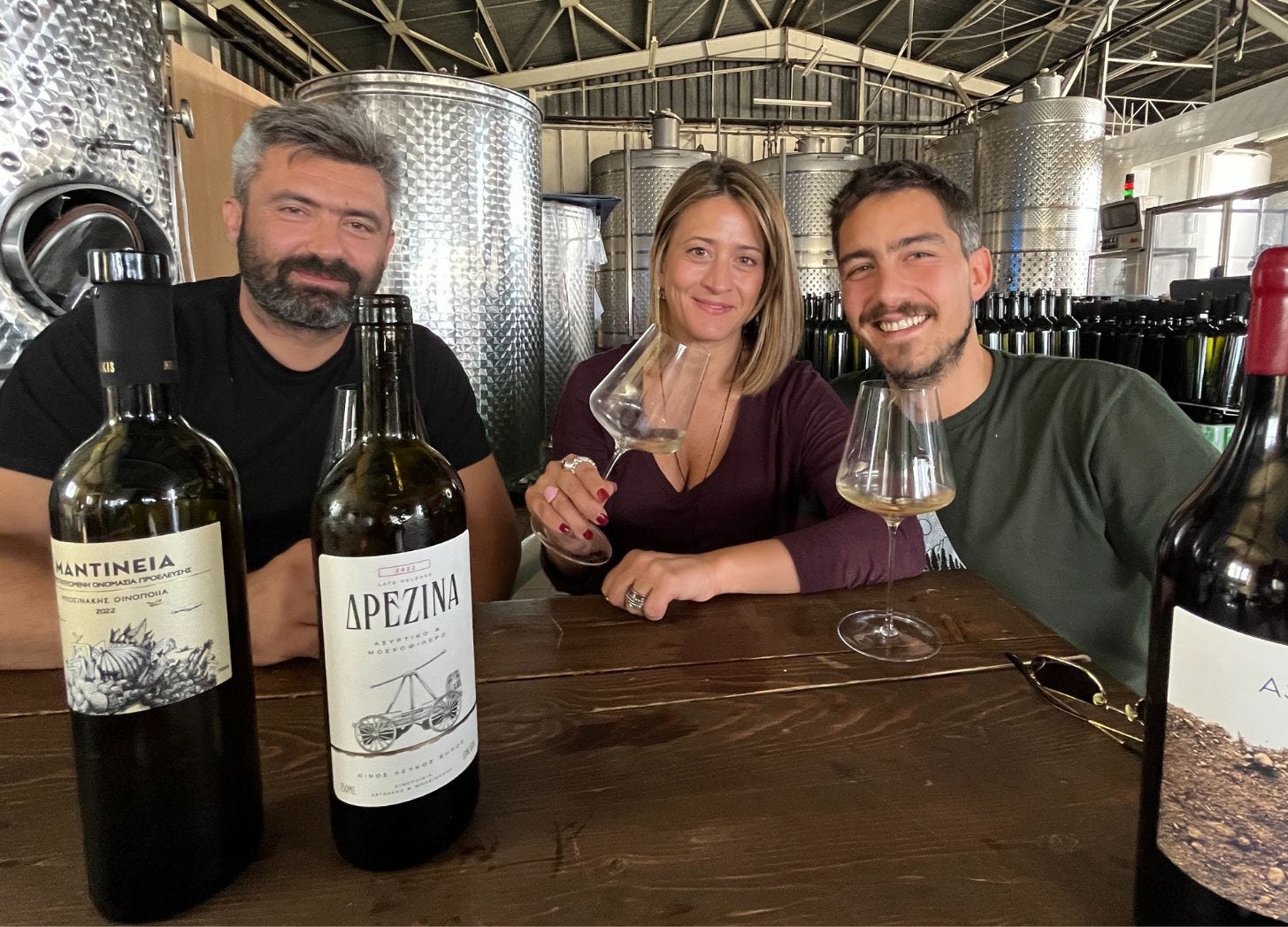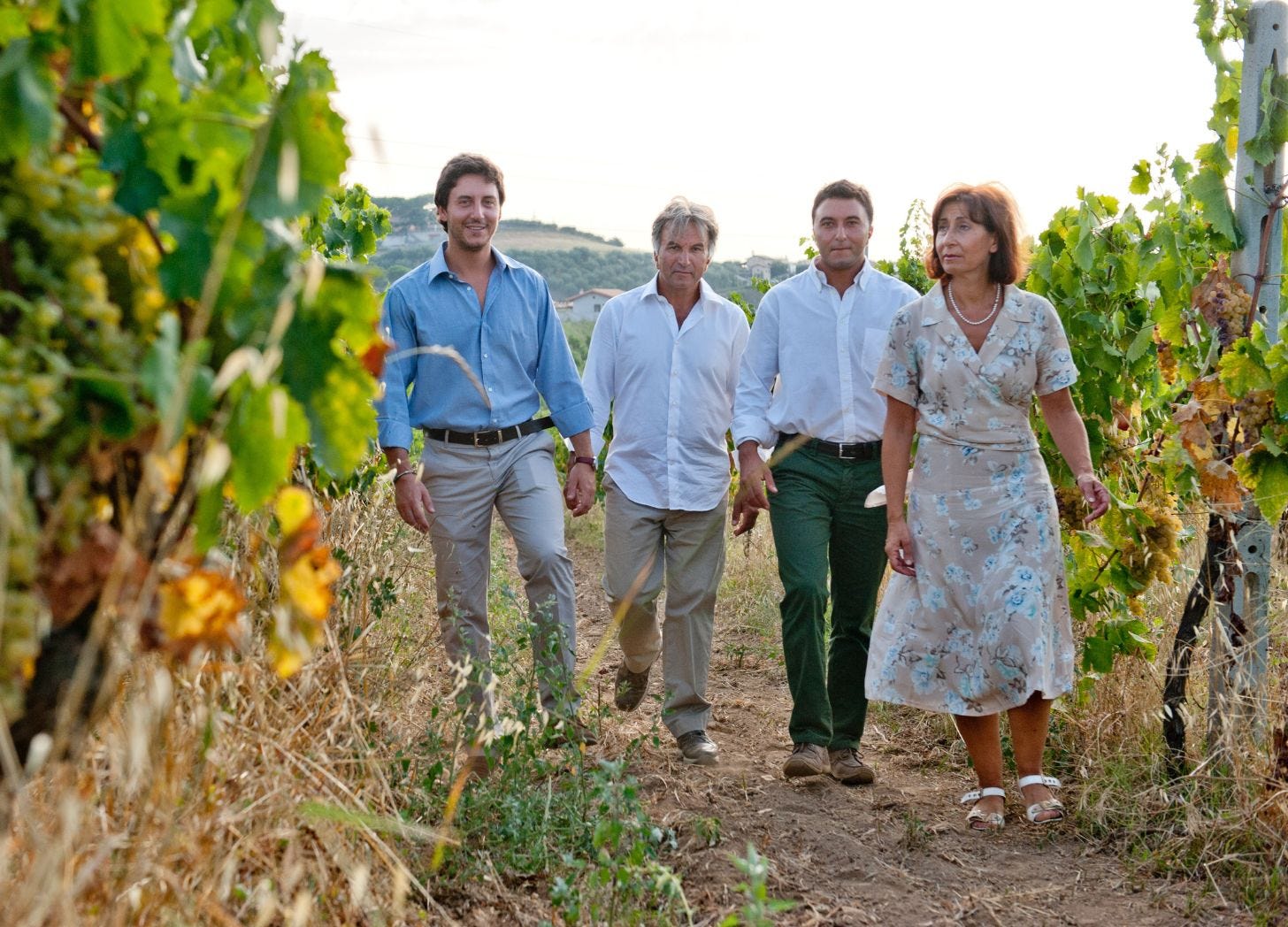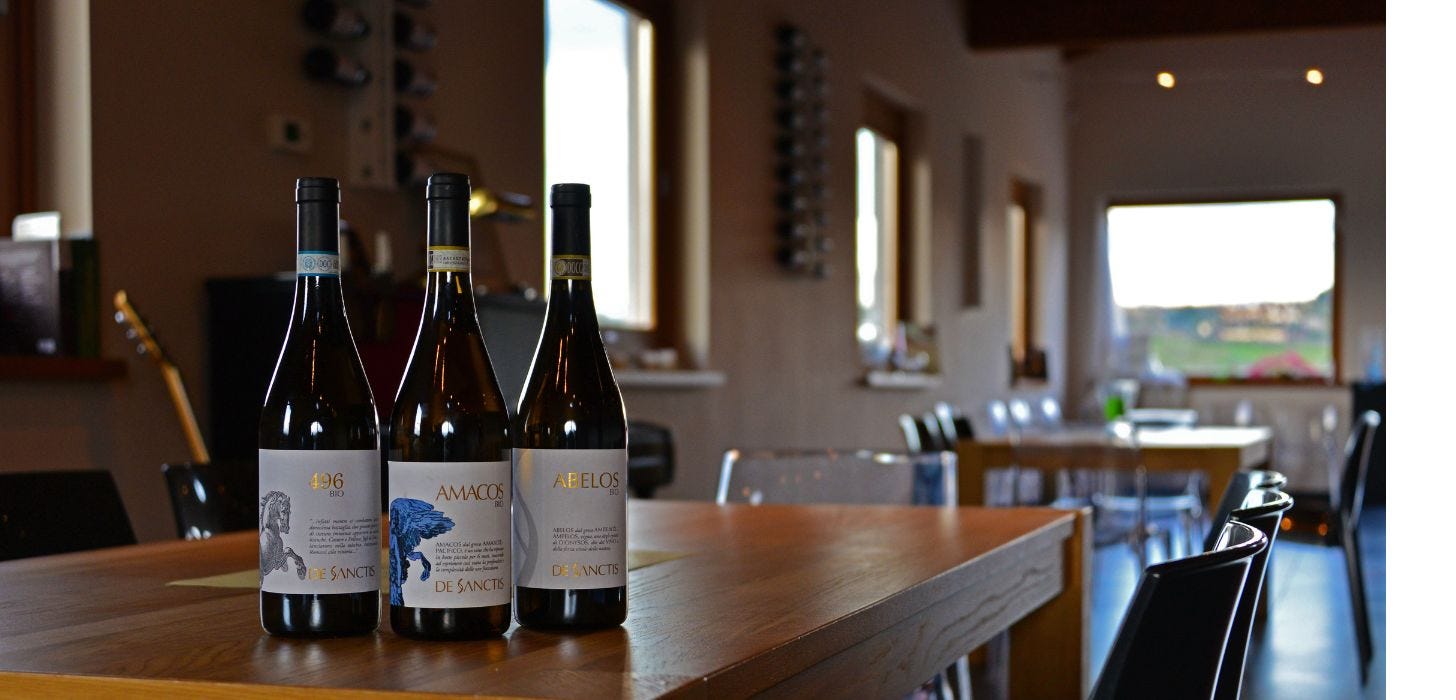A Guide to Floral Wines
Stop and Smell the rosé. You might get a hint of hibiscus.
June is blooming.
There’s no better time to stop and smell the roses, along with the magnolias, jasmine, lilacs, freesia, honeysuckle, and peonies.
We’re well past the blooming season of the Linden and the Bradford Pear blossoms, which for some people read as warm, white and earthy, and for others, less pleasant.
Soon enough we’ll enter lily season.
If you’re lucky enough to live in the tropics you don’t have to look too far for a whiff of ylang ylang, hibiscus, and plumeria.
Here in the southern Mediterranean, bright yellow ginestra (broom flowers) grow wild everywhere. Their spicy-honey scent is a signature note in white wines from central Italy especially.
If you’ve ever been to Rome in summertime, the scent of fior di tiglio (lime-flower) is unmistakable. It grows in little bouquet-like bunches on trees all over the city, casting a piquant and mentholated scent like eucalyptus honey.
The only way to appreciate the opulent aromas of wine is to train your nose to smell them. Only then, will they start to spring from your glass.
Go deep. Nose deep.
When you smell wine, make sure your glass isn’t too full.
Leave plenty of space for those volatile aromatic compounds to fly up your nose. FYI The root of the word volatile comes from the Latin: volare, to fly.
That’s because these compounds have to make their way up our noses to the smell-center of our brains, one of most primitive and intuitive parts of our limbic system.
For more on the science of how smelling works, here’s a video.
We’ve got chemistry
Aromas in wine come primarily from the skins, where there are concentrations of molecular compounds called terpenes.
You’ve probably seen some of these before on the labels of any scented product. While they occur naturally in wine, they can also be isolated and manufactured synthetically.
Common Terpenes: What They Smell Like
Linalool - lavender, orange blossom
Geraniol – geranium, rose
Nerol – sweet rose
Citronellol – rose, citrus blossom
α-Terpineol – lilac, general floral
Hotrienol – lily, sweet floral
Other compounds called norisoprenoids, are derived from the breakdown of carotenoids, which give the grape skins their color. β-Ionone is the most prevalent. It smells like violet, sweet florals, and a bit like dried flowers.
These aromas emerge with aging, so you’ll find them in a lot of red wines, especially Sangiovese and Grenache (Garnacha). Grenache is a key player in Provençal rosés, which among other herbaceous notes, can smell of red roses, lavender, and tart hibiscus.
In the Vineyard and the Winery
Climate and soil type affect the health and robustness of the grape skins.
Sunny days, cool nights, and complex soil types that help regulate hydration contribute to even grape ripening and more complex aromas. Cooler temperatures or too much rain can produce, tighter or more high-toned ones.
Winemaking techniques like expended skin contact, temperature control, and oxygen exposure all affect aromatic expression. White grape varieties in particular are often pressed and kept cool to prevent oxidation.
Aromatic molecules wither and die in the heat. Imagine a fresh bouquet of flowers left out in the sun.
A Bouquet of Floral Wines
Floral notes are most present in aromatic and semi-aromatic wine varieties and wine blends that include them.
In addition to their full scent spectrum, “aromatic” grape varieties are easily recognizable because they taste the same way they smell when plucked fresh from the vine.
From Flower Bombs to Subtly Scented Varieties
*These are only the floral notes. Most of these wine grapes and blends offer plenty more, from herbaceous and balsamic aromas to minerals, fruity, and vegetal notes.
**This is by far not an exhaustive list.
Viognier blooms the in glass with exotic orange flower, jasmine and plumeria notes. Prevalent in France, most famously the Northern Rhône Valley in France (Condrieu AOC), but it’s a super team player for blending worldwide.
Gewürztraminer grows all over the globe, but blossoms especially in Alsace and Germany. Rose and honeysuckle are among its most common floral notes.
Riesling (especially from warm regions) has an expansive heart of jasmine, honeysuckle and hibiscus notes.
Muscat/ Moscato/Muscatel/ Moschato is a whole fragrant family that includes hundreds of variants (different places and their respective languages) which exhibit distinctive qualities depending on where they grow.
A common thread is creamy pink rose petals, some orange blossom and honeysuckle.
Check out Bosinakis on Instagram and give this true garagiste winery a follow!
You’ll find their wines in some of the best wine bars in Athens, including the adorable Wine with Eleni.
Moschofìlero A semi-aromatic variety and very likely a cousin of Muscat (Greek Moschato). Moschofilero thrives in the Peloponnese, specifically the Mantinia region, which gives the name to the Mantineia" PDO appellation. There’s you’ll find the purest expressions of the grape as a white, rosé, and even a light and delicate red.
The pink-skinned grape can go every way. The longer you leave the skins on during winemaking, the more complex aromas and color will emerge.
Albariño also has honeyed acacia notes and citrus blossoms.
Torrontés is the perfumed powerhouse from Argentina and a cousin of the Muscat family. It ranges from musky and ultra-ripe qualities—spicy floral notes of apricot-tinged freesia, jasmine and peppery orange blossom, to more delicate rose petals, and a whole range of wild white flower notes.
Malvasia is another family of grapes, though not as encompassing as Muscat. Malvasia is known for full, round white floral notes, broom flower, and acacia flowers (again, think of honey).
Malvasia is a star player in wines in Lazio, the region surrounding Rome, including Frascati Superiore DOCG, a blend of historically local varieties.
Even some neutral grape varieties, on their own and in a blend can still produce delicate floral notes.
Pinot Bianco and Pinot Grigio in their more fully fleshed versions smell like flowers of the Linden tree and the Bradford Pear tree, which we mentioned above. It’s euphemistically referred to as “white floral.”
Vermentino, Arneis, Bellone, Grüner Veltliner, Verdelho, Chenin Blanc, Fiano, Pinot Noir, Freisa, and Gamay produce subtle (or more intense floral notes) depending on terroir, winemaking, and aging.
Meet Lazio Winery, De Sanctis
I caught up with one of my long-time favorite wineries, De Sanctis, who produce some of the most aroma-packed white wines that truly taste like Rome and central Italy.
It’s no surprise they’re packed with Malvasia grapes, a versatile power player when it comes to floral notes, along with a host of others.
Who is De Sanctis?
We’re family operation now in our fourth generation. In 1816, Filippo De Sanctis left the land to his children. His grandchildren, Luigi and Daniela and their kids, Francesco e Andrea are currently run the business.
We have been farming organically from day one, and we’re committed to the health our soil and sustainability in the area. We produce a small quantity of cold-pressed olive oil, but the main event is the wine. Frascati DOC and Frascati Superiore DOCG appellations made with local white varieties including Malvasia Puntinata, Malvasia di Candia, Bombino, Grechetto and Trebbiano Toscano.
We also make a rosé and a dry red wine with Cabernet Franc, the only international grape we work with.
Where is De Sanctis and how does place affect the wines?
Our farm is located in the Castelli Romani, the hill towns southeast of Rome. Sun-drenched with plenty of wind.
Our vineyards coat the basin of ancient Lake Regillo, which formed inside a long-dormant volcano. The presence of the ancient lake led to rich volcanic soil under the vines, which is mineral-packed and very fertile. There’s also a water reserve about 80 meters deep below the surface. This allows us to overcome periods of drought, which have become increasingly frequent with climate change.
The Essence of Land and Tradition
Our two Frascati Superiore DOCG wines are a true reflection local flavor.
Their aromatic profile is distinctive for this region. Abelos is made from 80% Malvasia Puntinata and 20% Bombino. 496 is 70% Malvasia di Candia and 30% Trebbiano Toscano).
Tell us more about the aromatics.
Both wines present floral notes, especially elderberry, as well as fruity notes of pear, apricot, and a bitter almond finish. Abelos is more robust while still fresh and mouthwatering. 496 is a little lighter.
Learn more about wine while planning a trip abroad.
I offer virtual wine tastings and lessons via Zoom and Google Meet. Email me for more information.
If you’re Rome or Greece-bound, you might even catch me locally!



